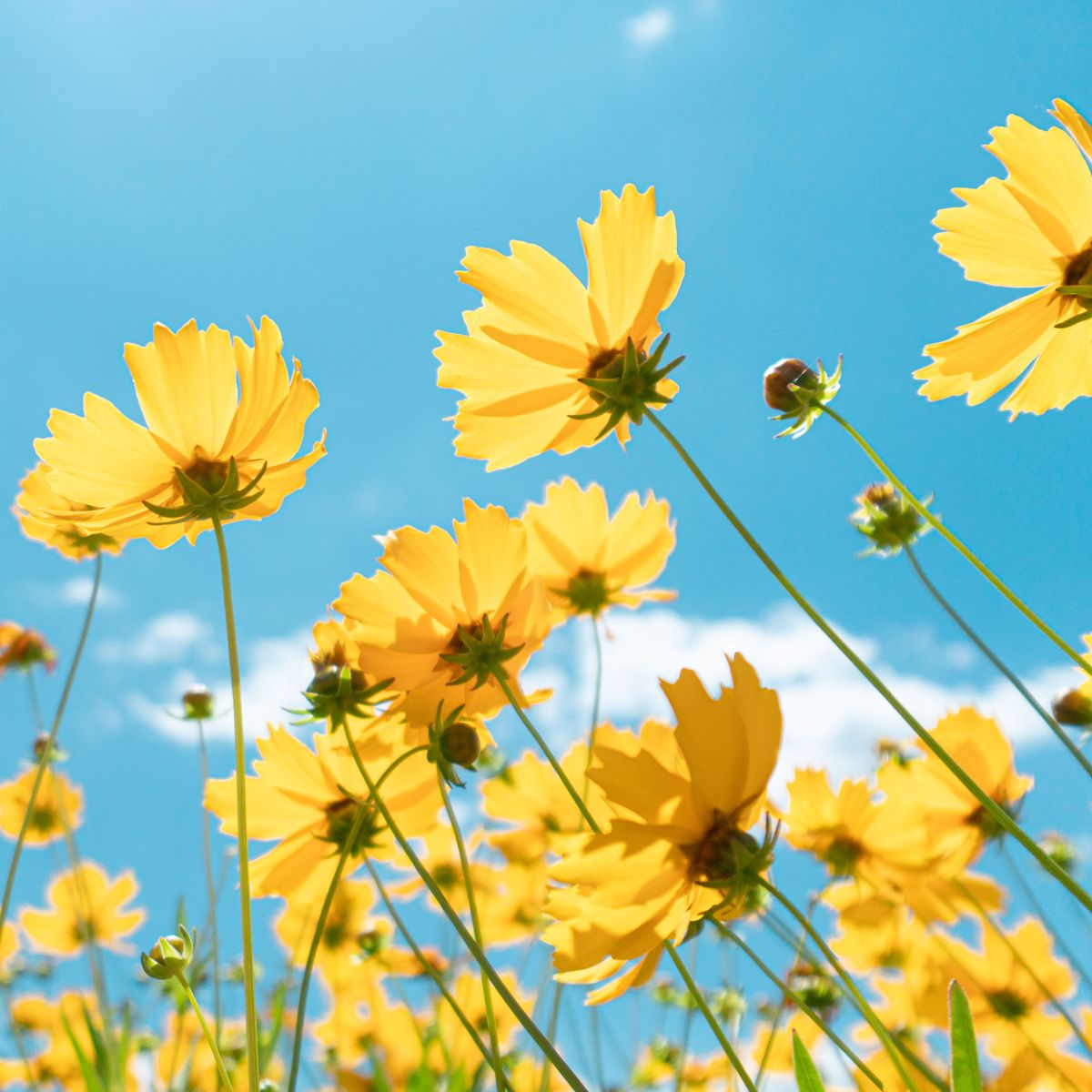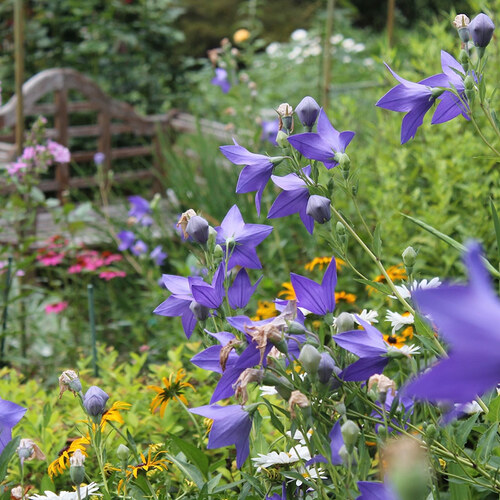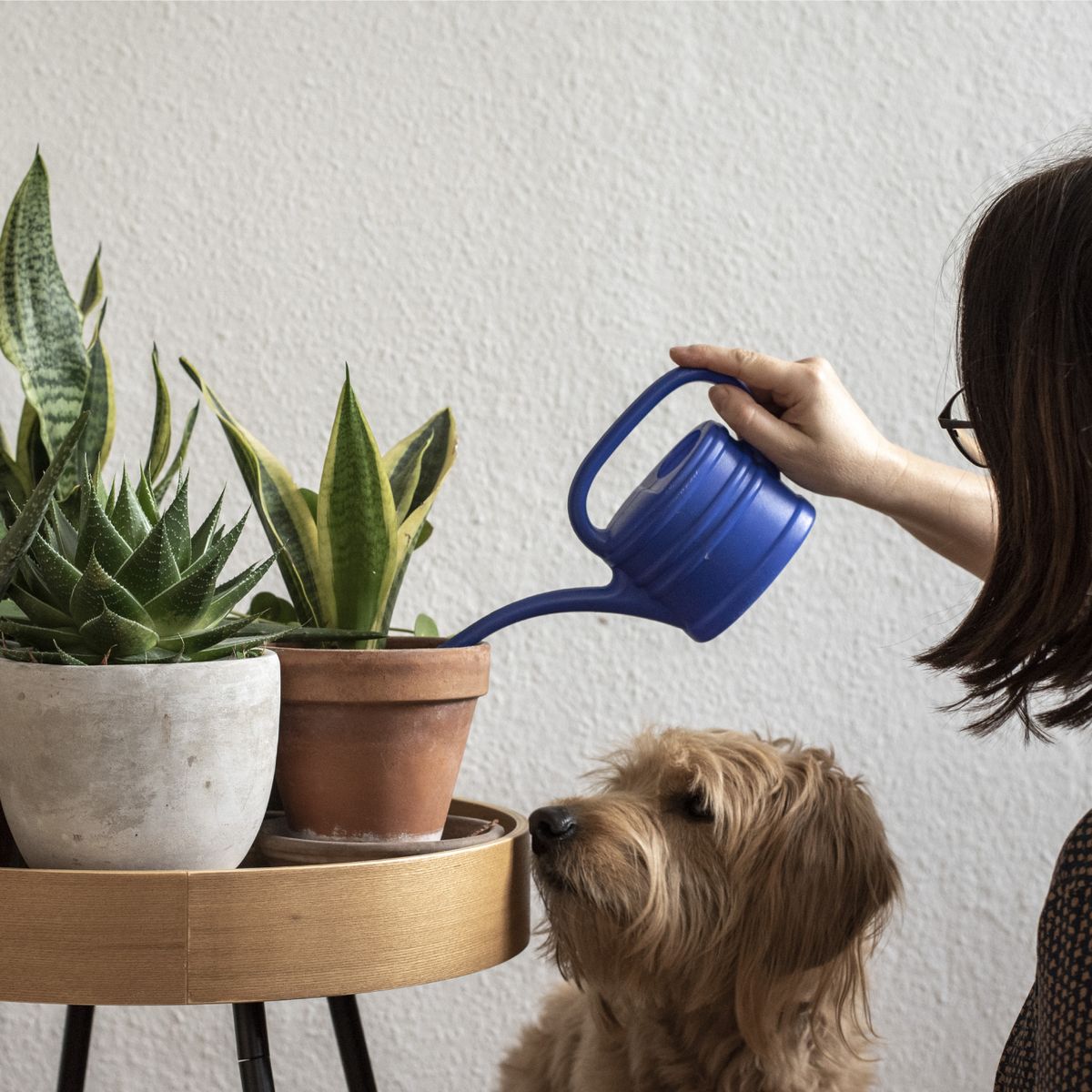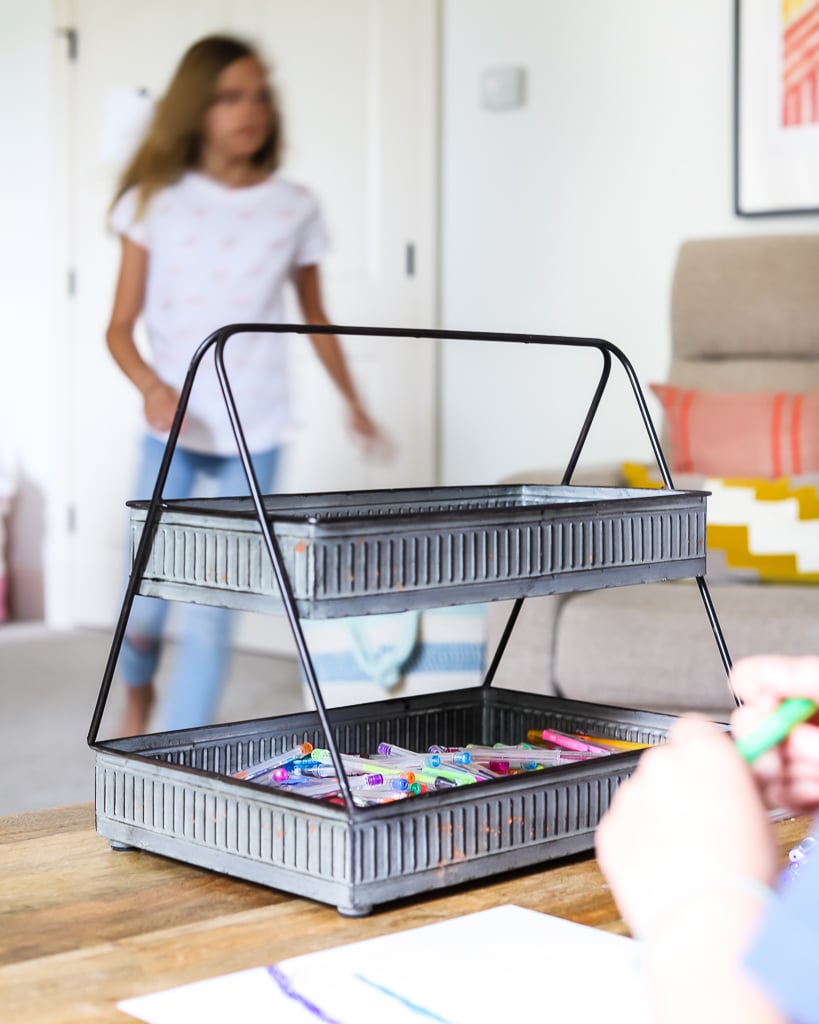Everyone seems to think growing in containers is easier than growing in the ground but it can be even more difficult. In climates with lots of hot summer heat, even large pots can really heat up and the soil can be much warmer than in the ground. Potting soils are designed to drain well but that can be a problem in the summer when you want them to hold water a little bit longer. Fertilizer can wash out with frequent watering and leave your plants wanting more. Once plants are stressed, bugs attack and even diseases can make real problems that may never have occurred in the ground.
Here are some important ways to prevent these problems:
1. Use large containers. Keep in mind that the more root space the plant has, the better the roots will grow. This will allow the top part of the plant to grow large. Tomatoes can grow to over 6-8 feet tall and 2 feet across, a half whiskey barrel sized pot is just enough to accommodate the roots for that size plant. Small pots do make smaller plants but that also means a lot less fruit and many of the problems mentioned above.
2. Use compost in your pots too. You add compost to the ground when you plant, why not add it to the containers too? Compost is the best stuff for plants and it helps keep them cooler and moist during the summertime. Add about 25% or so to your potting soil mix. Mulch on top of the soil helps keep moisture in pots too.
3. Fertilizing regularly is very important. I love using worm castings for this purpose because I can add it anytime and never overfeed. It works like compost and feeds too. As an alternative, I highly recommend Osmocote for 6 months of feeding without thinking about it again. Our granular organic fertilizers are also very good and last about 6 weeks to 2 months before they need to be added again.
4. Never leave plants sitting in water. Trays under pots are dangerous because they hold water and can actually drown the roots of the plants by providing too much water. Dump them out frequently after rains. Good drain holes should be in every pot you plant in.
5. Make sure your plants get enough sunshine. Balconies and sun porches are great for growing plants but make sure there is sun at least 6 hours a day for vegetables to produce fruit well. Lettuces & Herbs will be satisfied with only 3-4 hours a day.
6. Too much heat can be detrimental to tomatoes. They will only set fruits when the temperatures are between 55-85 degrees and containers can heat up quickly in the summertime, especially if they are dark colored. Using pots that are too small, forgetting to water them or not mulching the soil will create a situation where the plants roots are just too hot for them to set tomatoes. They will blossom but the flowers will just fall off.
What you need:
All you need is a sunny, warm place and containers large enough for the plants you want to grow. Sunny decks, patios, and other areas are great for container gardening and do not require the difficult digging that starting a garden usually requires. Most vegetable plants will grow quite large so your containers must be large enough and not too crowded. Container gardening requires diligent watering and regular feeding, but it can be easy and fun for kids and adults. The main things you will need are:
- Large Clay or Plastic Pots 18-24″ in diameter or larger (half whiskey barrels work great)
- Watering Can or Hose
- Good Potting Soil (enough to fill your pots)
- Plant fertilizer and compost
For planting vegetables, you’ll need to allow approximately 18-24″ in diameter for each plant. This includes tomatoes, eggplant, cucumbers, beans, squash, peppers and other large plants. These can be planted first and then you can add smaller vegetable plants such as onions, carrots, lettuces, or herbs around the bottom of the plant to fill in a large container.
First, prepare your potting soil by filling the container and adding plant food according to the directions on the package for vegetables. I prefer organic plant food or worm castings or slow release Osmocote pellets which last for the entire growing season. Moisten the potting soil by adding water and mixing soil until it feels damp all the way through. Place the pot in the sun and you are ready to plant. Next, dig a hole large enough for the vegetable transplant, turn the plant upside down, tap the bottom, and gently pull the base of the stem until the plant comes out of the container. Place the plant in the hole and fill around the edges pressing gently. Water the plant immediately after planting.
Plants should get at least 6 hours of sunshine per day. They can grow with less, but they will not produce fruit in the shade. It is also very important to keep your plants watered regularly. Put your finger down into the soil approximately 2-3” deep and see if the soil is dry at that level. If it is, then water well until water runs out of the bottom of the pot.
You will need to stake or support plants such as tomatoes, beans, & cucumbers, tomato cages or bamboo stakes work well. Follow the directions on your fertilizer package for feeding vegetables. Check occasionally for bug damage and worms which can do serious damage to tomato plants. There are organic treatments if needed.
Pick tomato fruits when they are almost completely red and finish ripening them on your kitchen counter. Once they are soft and totally colored, slice them immediately on to a sandwich and enjoy. Growing vegetables is easy and fun and the payoff of harvest from your own garden is worth the wait.











